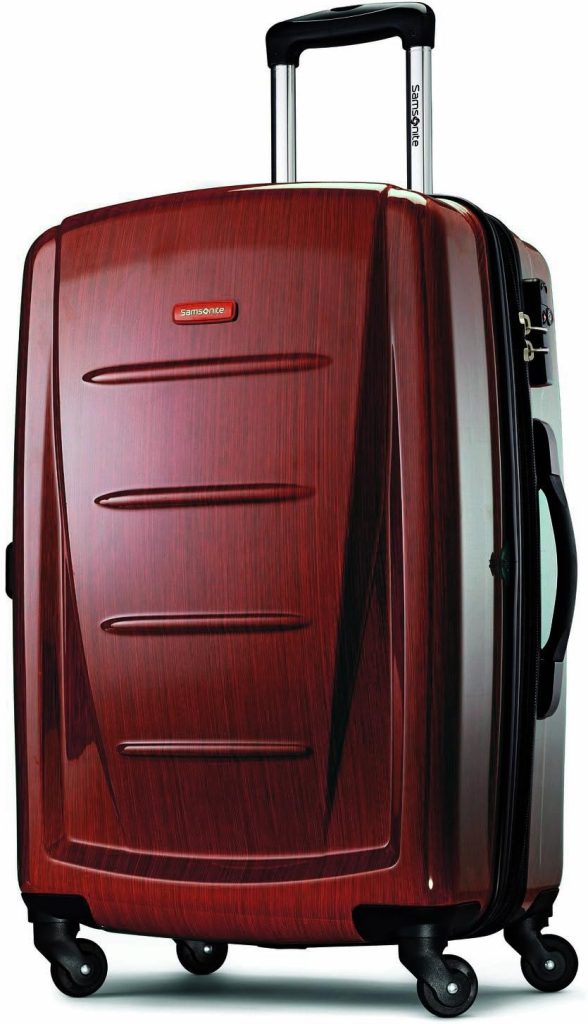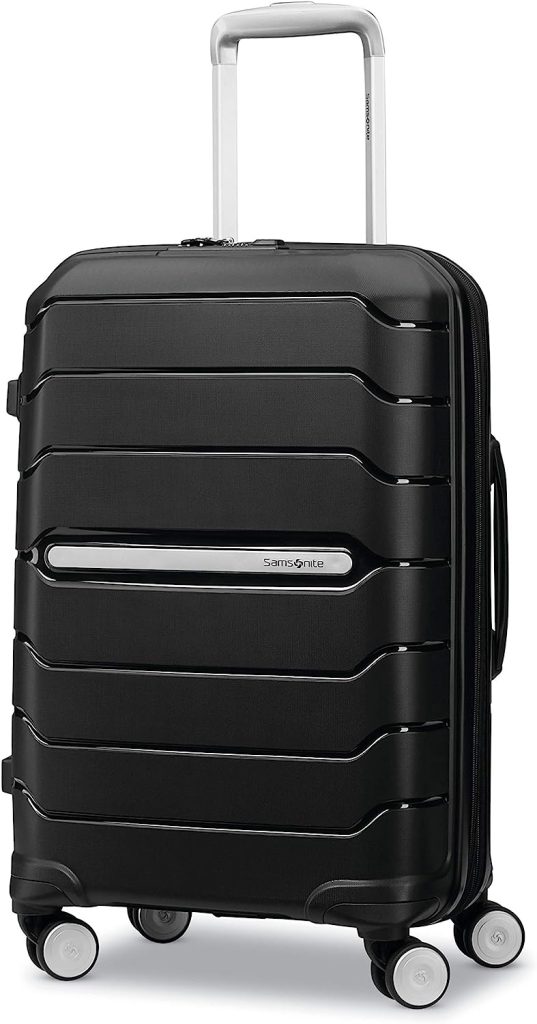When starting a trip, whether it’s for work, leisure, or exploration, one of the initial choices we confront is selecting the appropriate luggage. In the world of travel equipment, the decision typically revolves around two primary categories: soft-sided luggage and hard-sided luggage. Each type has its own distinct characteristics, advantages, and disadvantages, underscoring the importance of grasping the subtleties prior to making a decision. Soft-sided luggage, prized for its pliability and light weight, is made from materials that allow for added flexibility, making it perfect for travelers seeking to optimize packing capacity. Conversely, hard-sided
Overview of Softside Luggage

Benefits of Softside Luggage
- Lightweight and Flexible: Softside luggage is often lighter than hardshell options, which is beneficial when trying to comply with airline weight limits. The flexible material also allows for some expansion, providing additional space when needed.
- Ample External Pockets: Softside luggage is well-loved for its exterior pockets, which offer convenient storage for travel essentials like passports, tickets, and reading materials. This makes it a popular choice for frequent travelers.
- Fits into Tight Spaces: The flexibility of soft luggage makes it easier to fit into cramped areas such as overhead bins or luggage racks. This feature is especially helpful when traveling in situations where space is limited.
Drawbacks of Softside Luggage
- Susceptibility to Damage: Despite being constructed from durable materials, softside luggage may not offer the same level of protection for delicate items as hardside luggage. Additionally, it is more prone to wear and tear, especially when subjected to rough handling or adverse weather conditions.
Exploring Hardside Luggage: A Comprehensive Look

Benefits of Hardside Luggage
- Enhanced Protection: Hardside luggage offers exceptional protection, safeguarding your items from rough handling and various weather elements. This makes it a great option for transporting fragile belongings.
- Simple Maintenance: Cleaning hardside luggage is effortless. The durable exterior can be easily wiped down, preserving the new appearance of your luggage for an extended period.
- Secure Features: Hardside luggage frequently includes built-in TSA-approved locks, enhancing the security of your possessions.
Disadvantages of Hardside Luggage
- Susceptibility to Visual Damage: While hardside luggage is effective at safeguarding your belongings, it is more susceptible to visible scratches and scuffs. This can impact the overall appearance of your suitcase over time.
- Limited Packing Versatility: Hardside suitcases typically open like a book, dividing the storage space into two sections. Although this layout facilitates organization, it may present difficulties when packing large items.
- Absence of Exterior Pockets: The inflexible structure of hardside luggage does not allow for exterior pockets. Consequently, once your items are packed, accessing anything would necessitate opening the entire suitcase.
Exploring Further: Considerations for Choosing Between Softside and Hardside Suitcases

Material
The type of material used in your luggage is vital in determining its strength, weight, and ability to withstand impacts. Softside luggage is frequently constructed from lightweight but durable materials such as nylon or polyester, providing a level of flexibility and making it a popular option for those who tend to pack heavily.
On the other hand, hardside luggage is usually crafted from rigid materials like polycarbonate, ABS, polypropylene, or aluminum, which offer strong protection for your items but also contribute to the overall weight of the luggage.
Design and Organization
The design and organization of luggage can greatly impact how you pack. Softside luggage typically has a single large compartment with a flat lid, making it easier to pack and providing flexibility to fit more items. In addition, softside luggage often has external pockets for convenient access to essentials.
In contrast, hardside luggage usually has a clamshell design, dividing the storage space into two halves. This design helps with organization but can make it difficult to pack larger or irregularly shaped items. Furthermore, hardside luggage generally does not have external pockets, which limits quick access to items once packed.
Weight
Capacity
Softside luggage excels in terms of capacity. Its flexible material provides additional packing space, and numerous softside suitcases offer expandable zippers to increase capacity. In contrast, hardside suitcases often do not have expandable features, and the inflexible material does not accommodate overpacking.
In the Ring: Comparing Hardside and Softside Luggage for Different Travel Situations

For Business Travel
For International Travel
For Adventure or Outdoor Travel
For Family Travel
The Ultimate Combination: Highest-Rated Hardside and Softside Luggage Choices
Best Hardside Luggage
Samsonite Winfield 2 Hardside

Calpak Hue Mini Carry-on Luggage
Compact and stylish, the Calpak Hue Mini Carry-on Luggage is perfect for short trips. Its hardshell exterior ensures your belongings are well-protected, while its interior pockets aid organization.
View PriceBest Softside Luggage
Travelpro Platinum Elite Softside Spinner

Travelpro Maxlite 5 Carry-on Spinner

One of the lightest carry-on bags in the industry, the Travelpro Maxlite 5 Carry-on Spinner is a favorite among frequent flyers. Its flexible material, spacious interior, and external pockets make packing and accessing essentials effortless.
View PriceFinal Thought: Navigating Your Luggage Choice


